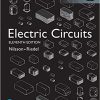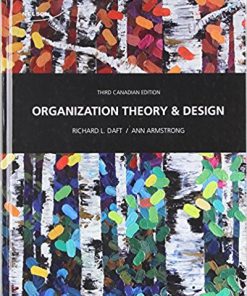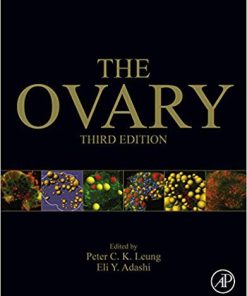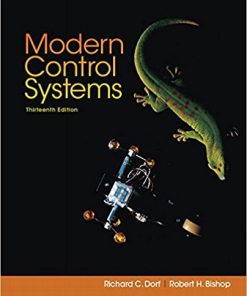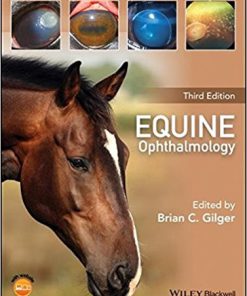(eBook PDF) Invertebrates 3rd Edition by Richard C. Brusca
$50.00 Original price was: $50.00.$35.00Current price is: $35.00.
(eBook PDF) Invertebrates 3rd Edition by Richard C. Brusca – Instant Download
Out of stock
(eBook PDF) Invertebrates 3rd Edition by Richard C. Brusca – Digital Ebook – Instant Delivery Download

product details:
- ISBN-10 : 1605353752
- ISBN-13 : 978-1605353753
- Author: Richard C. Brusca (Author), Wendy Moore (Author), Stephen M. Shuster (Author)
In the twelve years since publication of Invertebrates, Second Edition, fundamental shifts have occurred in our understanding of the origins and evolutionary relationships among protists and animals. These changes are largely due to the explosion of molecular phylogenetics and evo-devo research, emergence of the new field of animal genomics, major fossil discoveries in China, Australia, and elsewhere, and important new embryological and ultrastructural studies. As a result:
– New phyla have been described (e.g., Micrognathozoa, Xenacoelomorpha).
– Old phyla have been collapsed into others (e.g., Sipuncula and Echiura are now placed within Annelida; acanthocephalans are now known to be highly modified, parasitic rotifers).
– Phyla once thought to be deuterostomes are now part of the protostome clade (e.g., Chaetognatha, Phoronida, Bryozoa, Brachiopoda).
– The Protostomia has been reorganized into two major clades known as Ecdysozoa and Spiralia.
table of contents:
1. Introduction
2. Systematics, Phylogeny, and Classification
3. The Protists: Kingdom Protista
4. Introduction to the Animal Kingdom: Animal Architecture and Body Plans
5. Introduction to the Animal Kingdom: Development, Life Histories, and Origin
6. Two Basal Metazoan Phyla: Porifera and Placozoa
7. Phylum Cnidaria: Anemones, Corals, Jellyfish, and Their Kin
8. Phylum Ctenophora: The Comb Jellies
9. Introduction to the Bilateria and the Phylum Xenacoelomorpha: Triploblasty and Bilateral Symmetry Provide New Avenues for Animal Radiation
10. Phylum Platyhelminthes: The Flatworms
11. Four Enigmatic Protostome Phyla: Rhombozoa, Orthonectida, Chaetognatha, Gastrotricha
12. Phylum Nemertea: The Ribbon Worms
13. Phylum Mollusca
14. Phylum Annelida: The Segmented (and Some Unsegmented) Worms
15. Two Enigmatic Spiralian Phyla: Entoprocta and Cycliophora
16. The Gnathifera: Phyla Gnathostomulida, Rotifera (including Acanthocephala), and Micrognathozoa
17. The Lophophorates: Phyla Phoronida, Bryozoa, and Brachiopoda
18. The Nematoida: Phyla Nematoda and Nematomorpha
19. The Scalidophora: Phyla Kinorhyncha, Priapula, and Loricifera
20. The Emergence of the Arthropods: Tardigrades, Onychophorans, and the Arthropod Body Plan
21. Phylum Arthropoda: Crustacea: Crabs, Shrimps, and Their Kin Classification of The Crustacea
22. Phylum Arthropoda: The Hexapoda: Insects and Their Kin Hexapod Classification
23. Phylum Arthropoda: The Myriapods: Centipedes, Millipedes, and Their Kin
24. Phylum Arthropoda: The Chelicerata
25. Introduction to the Deuterostomes and the Phylum
26. Phylum Hemichordata: Acorn Worms and Pterobranchs
27. Phylum Chordata: Cephalochordata and Urochordata
28. Perspectives on Invertebrate Phylogeny
people also search:
types of invertebrates
vertebrates and invertebrates
invertebrates examples
difference between vertebrates and invertebrates
10 examples of invertebrates
characteristics of invertebrates
invertebrates are animals without backbones
You may also like…
Biology and Microbiology
Computers & Technology
(eBook PDF) Modern Control Systems 13th Edition by Richard C. Dorf

